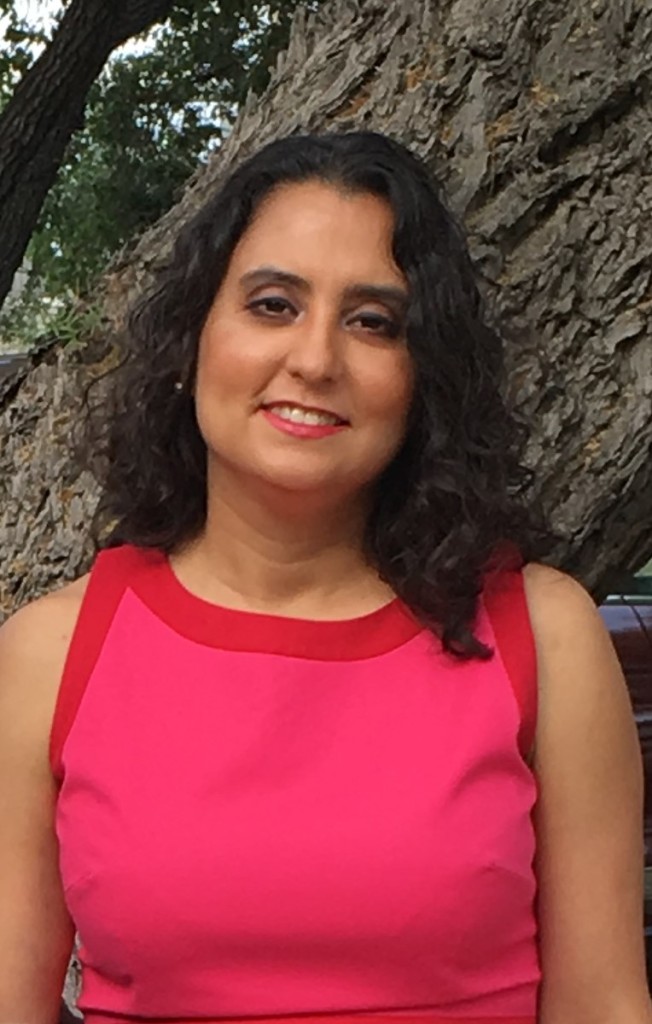“El contexto de sones y jarabes se refiere no solo a la musica sino a la presencia de bailadores y bailadoras, sin los cuales dificilmente podriamos entender la existencia del mariachi.” Santiago Miramon, arpero de Pihuamo, recollections of his time as a mariachi musician in 1924. Complied by Arturo Chamorro in 1984.
This is one of my favorite quotes. Why? Because it is in complete opposition to the way we think about Mexican Folkloric music and dance in the 21st century United States. Let’s carefully think about what Santiago Miramon is telling us in this quote where he remembers what it what like playing mariachi music in the 1920s. He talks about how whenever you refer to the jarabes and sones it is assumed that the dancers are included as well. In other words, the music and dancers are inseparable. They are intrinsically linked together. So, what does this mean? Of course Miramon is talking about a time period when recorded music did not exist but he is saying so much more. He hints at the ways in which music and dance were intertwined unable to be pulled apart. Each feeding off of each other in a sort of cooperative arrangement. This connection was so crucial that Miramor comments that is is difficult to explain the existence of the mariachi without the dancers. That is how important the dancers were!

Memories of Music and Dancing
Jesús Jáuregui in El Mariachi: Symbolo Musical de México publishes the childhood recollections of a man who remembers seeing the mariachi musicians and dancers perform together in his pueblo in Zapotlán in 1880. Here, he gives us an example of how folkloric music and dance are intertwined.
“De súbito una pareja se abre paso y se adelanta a la tarima. Los vasos colma el ‘ponche’ de granada, y son como corazones hipertrofiados que sangran; el ‘mariachi’ su ‘valona’ corta, y entonces las arpas cambian el ‘aire,’ la brisa vuélvese cálida racha, y las pupilas se encienden y los pechos se dilatan. ¡Es el ‘jarabe!’ Es la copa en donde bebe mi raza el almíbar de sus dichos y la hiel de sus desgracias; en él ha puesto Jalisco, ese florón de la patria, cantos de amor y ventura y alaridos de venganza. Tiene arrullos de paloma reclamos de macho en brama; suspire como arroyuelo, ruge como catarata; sus notas vierten efluvios que confortan y embalsaman o bien tósigos que enervan como la ‘ortiga escarlata;’ porque pone el pueblo en ese milagroso pentagrama, –según la vida que vive, según el tiempo que pasa—todo el fuego de su sangre y toda el alma de su alma. Hay gritos y palmoteos…inyecta el ‘ponche’ en las caras carmín, y enciende en los ojos fulguraciones extrañas, que la música desgrana… ‘El,’ parece que se quiebra; se encoge: luego se alza sobre los pies [..] ambas manos cruza abajo de la espalda….. sus piernas son como appendices, que se acortan y se alargan; hacen arcos de paréntesis, hacen equis de tenaza, en tanto que la bruñida botanadura de plata luce y suena con alegres retintines de sonaja. ‘Ella’ es la hembra. Rehusa al macho; sobre las tablas, con sus pies que se deslizan como en un vértigo, traza líneas y líneas que forman una invisible maraña en que el amor se revuelve como pájaro en la trampa. …(59-60).”
Vital Connections
This account illustrates the interconnections of both dancers and musicians who improvised and in so doing fed off of each other’s enthusiasm and rhythms. He notes the ways that the musicians subtly change their rhythms when the dancers begin their zapateados upon the tarima. As a young boy, the narrator immediately recognizes the movements and music of the jarabe which fills him with excitement and pride. When the musicians and dancers perform, he poetically describes the music, dances, and gritos which fill the air. As the music continues the dancers tell a story of courtship, love, and romance using their body movements.
My Thoughts
I argue that this feeling of unity or cohesiveness between musicians and dancers is the root, the essence of the where our dances came from. Using melodies, rhythms and syncopated, percussive zapateados the dancers and musicians work together as one inseparable unit. How do we re-create this emphasis where the dancers were so crucial to the music. This emphasis where as Miramor describes it the mariachi would not exist without the dancers. Beyond merely performing with live musicians, how do we get back to these feelings in our teachings, choreographies, and performances? How do we conjure up this essence in our performances of sones and jarabes in the 21st century? What can we do to keep this way of dancing and playing music alive? This is something that I continue to grapple with today. What do you think?
Works Cited
Chamorro Escalante, Arturo J. Mariachi Antiguo Jarabe y Son: Símbolos Compartidos y Tradición Musical en las Identidades Jaliscienes. Jalisco: D. R. El Colegio de Jalisco, 2000.
Jáuregui, Jesús. El Mariachi: Symbolo Musical de México. México: Instituto Nacional de Antropología e Historia, 2007.
Cover photo courtesy of Gabriela Mendoza-Garcia. Photo of dancers in 1907 is in the public domain.
Copyright, 8/12/2018, Mendoza-Garcia

Gabriela Mendoza-García Ph.D. is an Artist and Scholar. She has her own dance school and company called the Gabriela Mendoza-García Ballet Folklórico in Laredo, Texas. Dr. Mendoza-Garcia founded this group in 2013 and teaches children and adults of all ages. Her company consists of seasoned folklórico dancers with years of experience performing this art form. She teaches traditional Mexican folklórico dance pieces, as well as, works that are inspired by her scholarly research. Her scholarship includes: Dancing throughout Mexican History (1325-1910), History & Folklore booklet with an accompanying documentary sponsored by the Webb County Heritage Foundation, The Jarabe Tapatío: Imagining Race, Nation, Class and Gender in 1920s Mexico published by Oxford University Press, an on-line blog, writings for Asociación Nacional de Grupos Folklóricos, and others.



2 thoughts on “Vital Connections between Folklorico Music and Dance”